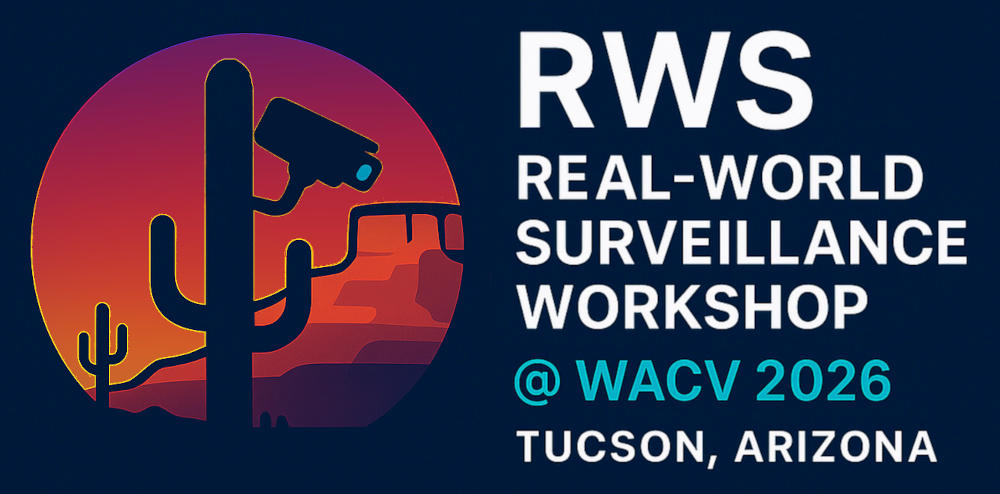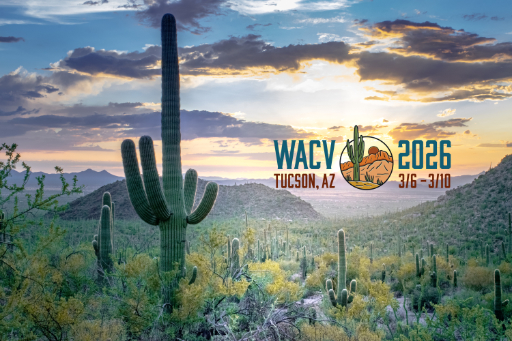Welcome to RWS at WACV2026

Real-World Surveillance: Applications and Challenges (RWS) is a full-day, 6th-edition WACV workshop that brings together researchers to close the gap between research and deployment in real-world surveillance settings.
The workshop will be held on March 6th. See the program for more details.
Announcements
- December 5th: The paper submission deadline have been extended from the 7th to the 10th
- October 17th: The Robust Thermal Image Object Detection Challenge is now started
- October 2nd: The 6th edition of the RWS workshop is now accepted at WACV 2026


